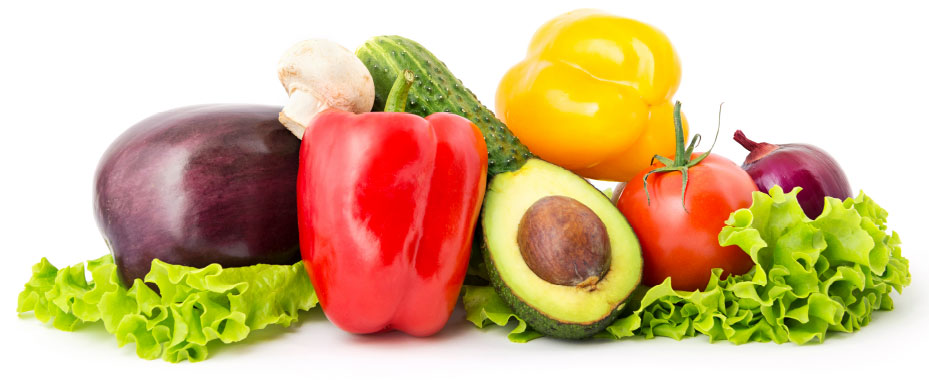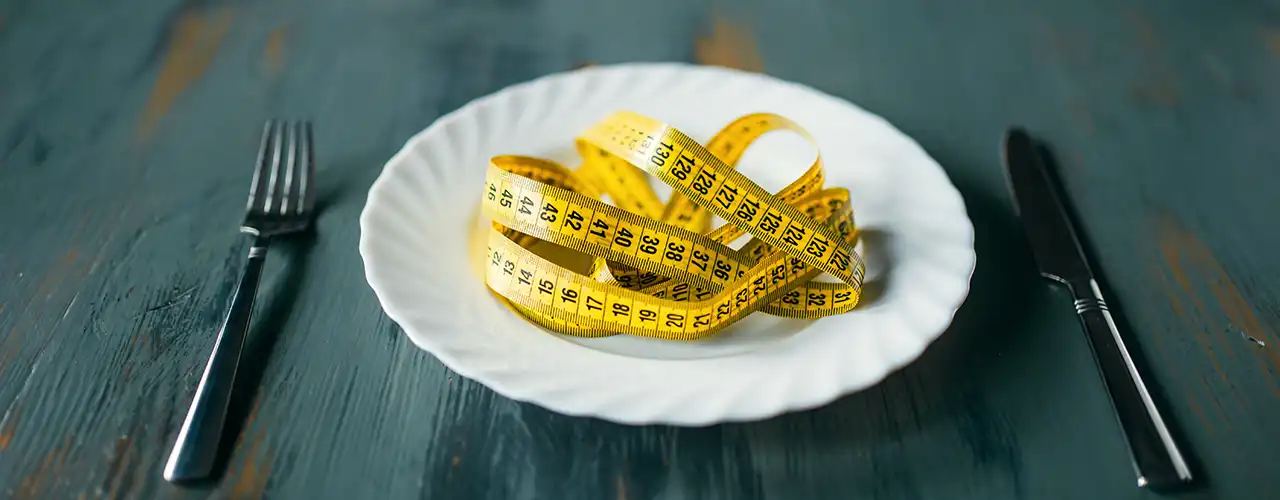Where Does Motivation Come From? How To Find That Spark!
Where Does Motivation Come From? How To Find That Spark!
Why does a person try to lose weight 50 times and finally find success on the 51st time? Why does a woman attempt to quit smoking ten times in her lifetime, and on the 11th try, she does it? And why do people tell themselves that they will start an exercise program 100 times over and finally start one on their 50th birthday? The answer is that something just clicks!
We may not know where the motivation to begin our weight loss program begins, but finding it is an essential first step on that weight loss journey.
How Does Motivation Manifest?
I can’t tell you what sets this click in, but I have thought about it countless times. It truly fascinates me, and I wish I could bottle up the click.
This click is likely the result of a motivational chemical event that becomes permanent in a region of the cerebral cortex, the higher-functioning area of the brain.
We can all try to motivate a friend or loved one to make healthy changes. For example, you can tell your spouse they need to lose weight or exercise to avoid a heart attack or diabetes. But they need it to click with them.
As a doctor, I can be very firm in telling patients they must lose weight, eat better, increase their exercise, stop tobacco, or cut down on alcohol. But the truth is we all must make our own decisions and find that inner motivation to become successful.
Most people in the world want to make healthy choices but are very often only able to find the motivation once that click sets in. No one can convince them otherwise until a person decides to take action.
I am not saying that we should not let our friends and loved ones know that we want them to make healthy decisions and take care of themselves, but it likely is a waste of time and counterproductive to nag them persistently. Eventually, they will stop listening, tune us out, and continue their bad habits out of spite.
How to Foster Motivation
I believe that we need to educate each other and offer support.
For example, when I see a patient who is a smoker, I often give them several reasons to stop smoking, such as the risk of cancer and emphysema, during multiple office visits. After two or three attempts, I often say to them, “I hope you decide to quit smoking soon. I won’t continue to lecture you on why, but when you are ready and make that decision, please come back and see me, as I can help you succeed in several ways.” And they often do just that!
I have seen several patients try to diet and lose weight dozens of times with very little success, then finally, they find success with long-term results.
The truth is, there is no perfect diet or weight loss system. However, there are hundreds of very good weight loss programs out there that will work for many different people on any given day. Any individual just needs to find one that they feel comfortable with and have a connection to.
Until we make the click, we need to keep trying. Do not give up! Chances are if you keep trying, you will eventually be rewarded with positive results.
Motivation Can Strike When You Least Expect It
The old saying that you must be in it to win it rings true here. For example, I have tried for several years to expand my diet off my limited intake of chicken and tuna fish to become healthier and lose a few pounds.
Several years ago, I followed a vegetarian diet for nearly two years. I even read a few great books, and had a consultation with a dietician. Though I did not remain a vegetarian, I learned to eat differently and continued to eat primarily plant-based foods.
Before this experience, I made countless short-term attempts to change my eating habits though it was this experience, combined with working with others on their weight loss and wellness journeys, that created my “click.”
Your motivation and success may come from reading a blog, speaking with your physician, joining a gym, or perhaps reading a book. Most likely, it will be a combination of all these things.
The important message here is to keep plugging away. Keep trying and keep your mind open to new ideas and challenges. The click will come as a culmination of many of these experiences, and your brain will finally decide to get on board for the ride.
Healthly Tips and Tricks Delivered to your Inbox
Enter your email below and I’ll send you delicious recipies, articles, and tips to get control of your health and simple steps to maintain it.




